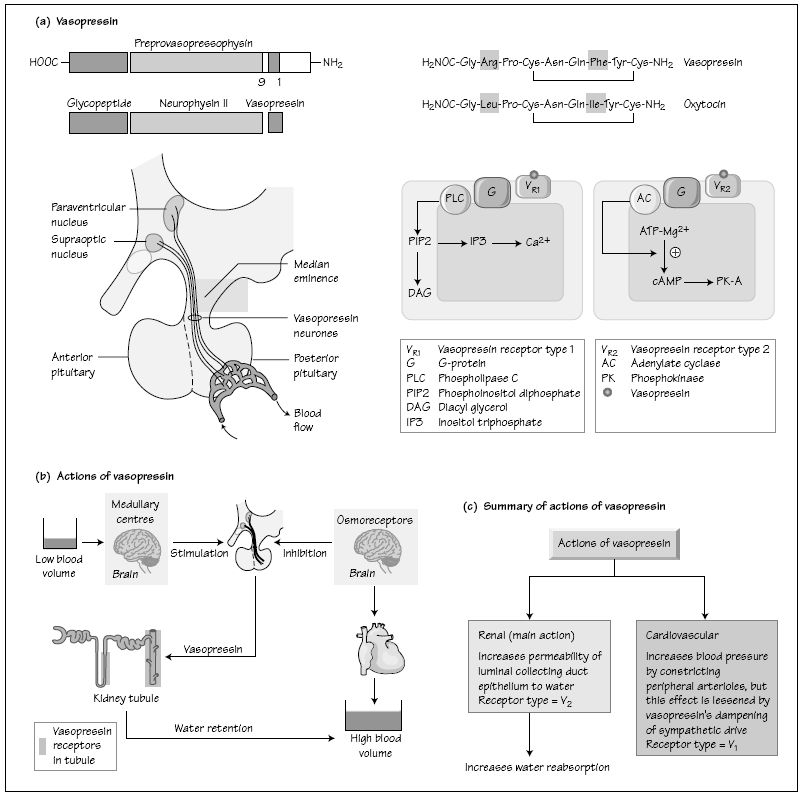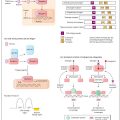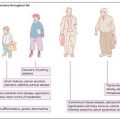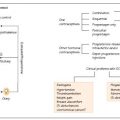
A 23-year-old woman was referred to the Endocrine Clinic complaining of increasing thirst and passing large volumes of urine. She was drinking up to three 2 L ottles of water each day, in addition to tea and coffee. Over the previous 6 months she had started waking at night needing to pass urine and to drink. There was no history of headache, visual impairment, or psychiatric disturbance, no history to suggest pituitary dysfunction and no family history of note. She was taking no medication Blood tests showed normal glucose, potassium and calcium levels. Further investigations showed her to have 24-hour urine volume of 4.3 L and serum osmolality of 302 Osmol/kg with a simultaneous urine osmolality of 276 mOsmol/kg. During a formal water deprivation test, serum osmolality rose with an impaired response of urine osmolality. After intramuscular administration of des-amino-des-aspartate-arginine vasopressin (DDAVP, a long – acting analogue of antidiuretic hormone) her urine promptly concentrated, confi rming a diagnosis of cranial diabetes insipidus (DI). She was initially treated with intranasal DDAVP, subsequently converting to oral therapy. Endocrine and radiological investigations of the hypothalamus and pituitary revealed no evidence of a space occupying lesion.
Thirst and polyuria are important clinical symptoms. In the absence of hyperglycaemia, hypercalcaemia and hypokalaemia (all of which produce a secondary nephrogenic DI; Table 35.1) it is important to distinguish between cranial DI, nephrogenic DI and primary (psychogenic) polydipsia.
Vasopressin is a nonapeptide, synthesized mainly in nerve terminals in the magnocellular paraventricular and supraoptic neurones of the hypothalamus (Fig. 35a). It is also synthesized in other brain areas. Axons of vasopressin cell bodies project not only to the posterior pituitary, but some also make contact with the fenestrated capillaries of the median eminence portal system, while others project to the spinal cord and other brain centres. Vasopressin biosynthesis is very similar in principle to that of oxytocin, in that it is packaged together with a neurophysin, neurophysin II. The importance of the neurophysins is highlighted by the discovery that in a mutant strain of rats, the ‘Brattleboro’ rat, a single nucleotide deletion in the second exon of the gene encoding a very highly conserved region of neuro-physin II prevents the translation of vasopressin mRNA. These rats suffer from the equivalent of human diabetes insipidus.
Stay updated, free articles. Join our Telegram channel

Full access? Get Clinical Tree








